
Pin by Majczii on love Art, Danse macabre, Macabre
The Danse Macabre consists of the dead, or a personification of death, summoning representatives from all walks of life to dance along to the grave, typically with a pope, emperor, king, child, and labourer. The effect is both frivolous and terrifying, beseeching its audience to react emotionally.

Pin on Fantasy art
The month of October always brings to mind Halloween, which has become more of a season rather than a one-day observance. There are many works of music that depict the spookiness, darkness and morbidity of the annual tradition, but few pieces capture the spirit of the season as playfully as Danse macabre by Camille Saint-Saëns (1835-1921). ). Originally conceived as an art song for voice and.

from the Holbein danse macabre Dance of death, Hans holbein, Hans
Saint-Saëns's Danse macabre, Op. 40, is based on the French legend that Death packs a fiddle and comes to play at midnight on Halloween, causing the skeletons in the cemetery to crawl out of the.

Danse Macabre On Art and Aesthetics
The Danse Macabre, or Macchabaeorum Chorea in Latin, represents the pinnacle of horrific depictions of death in late medieval art, with its decaying bodies and skeletons. Initially present in late 13th-century literature, the Danse Macabre is an allegory of Death. It shows a dance that gathers the living and the dead together, both rich and.
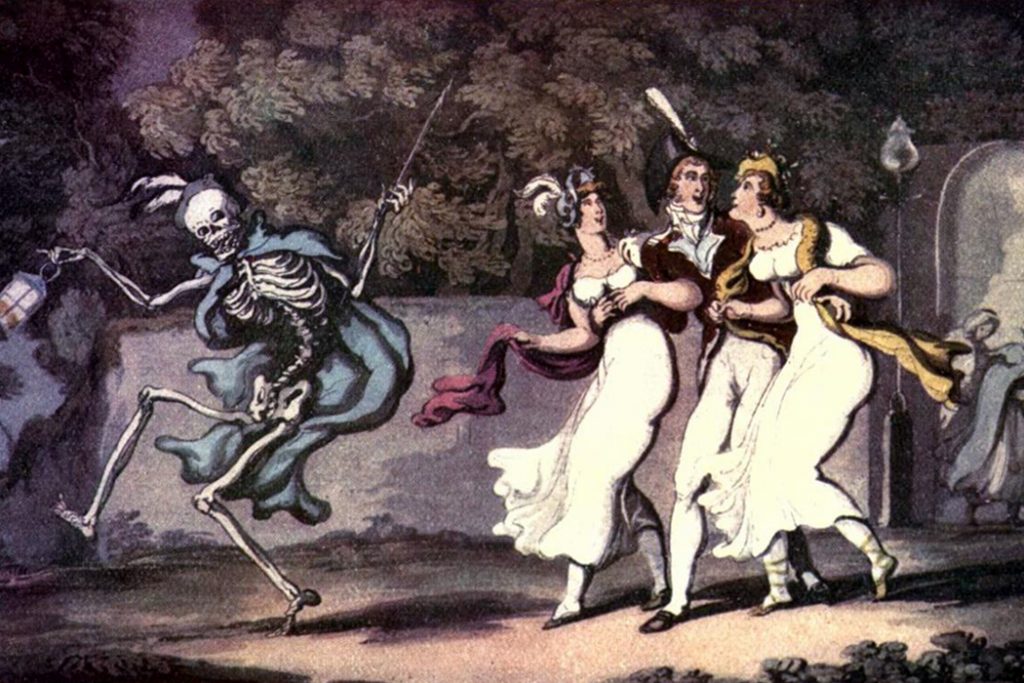
"Danse Macabre" The Art of Musical Storytelling Flypaper
Tanec smrti ( francouzsky danse macabre, německy Totentanz) je výtvarné téma, rozšířené v Evropě zejména na přelomu středověku a novověku. Znázorňuje Smrt v podobě kostry nebo umrlce, jak tančí s živými osobami různých společenských stavů a sociálních vrstev.
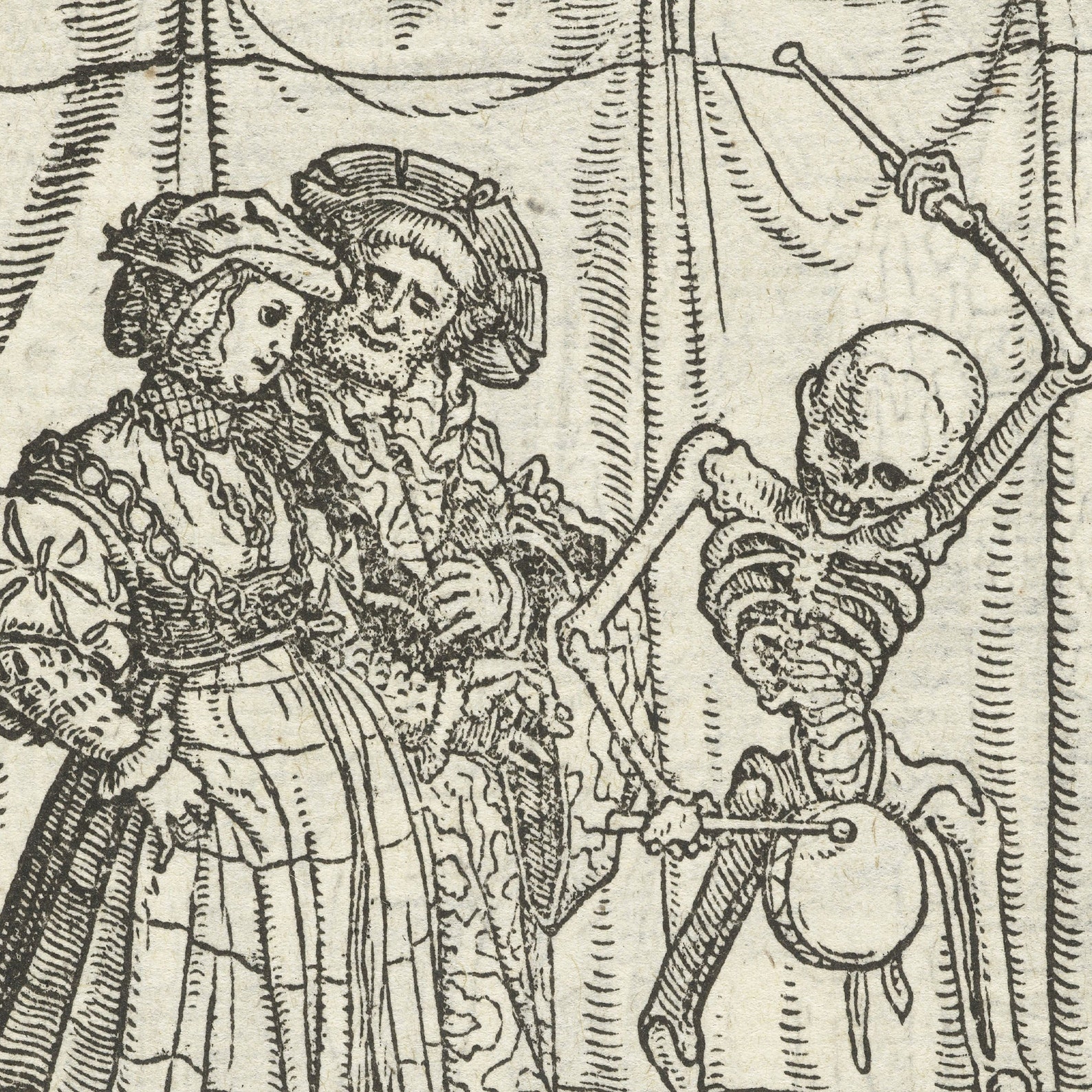
Danse Macabre by Hans Holbein Two Vintage Medieval Etsy
148 Want to Visit? 339 Detail from the painting. ahvenas (Atlas Obscura User) Only a 25-foot-long fragment of the Tallinn Dance of Death painting has survived the centuries. The original painting.

Notifications DeviantArt Macabre art, Danse macabre, Horror art
Camille Saint-Saëns was a French composer who lived in the late nineteenth and early twentieth centuries, and was a Romantic era pianist. Besides performing on the piano, he was a composer as well; some famous works that he created include the opera Samson et Delilah, La Carnival des Animaux, and a piece known as Danse Macabre, a haunting piece as one can glean from the name, but also one.

Danse Macabre, 1485 Stock Image C033/3965 Science Photo Library
Danse macabre Camille Saint-Saëns arr. David Cameron This work is licensed under a Creative Commons Attribution-NonCommercial-ShareAlike 4.0 International License This score shows a variety of colours: notes of the original orchestration, occasional specific organ suggestions, and indications for various MIDI sounds when they are available.
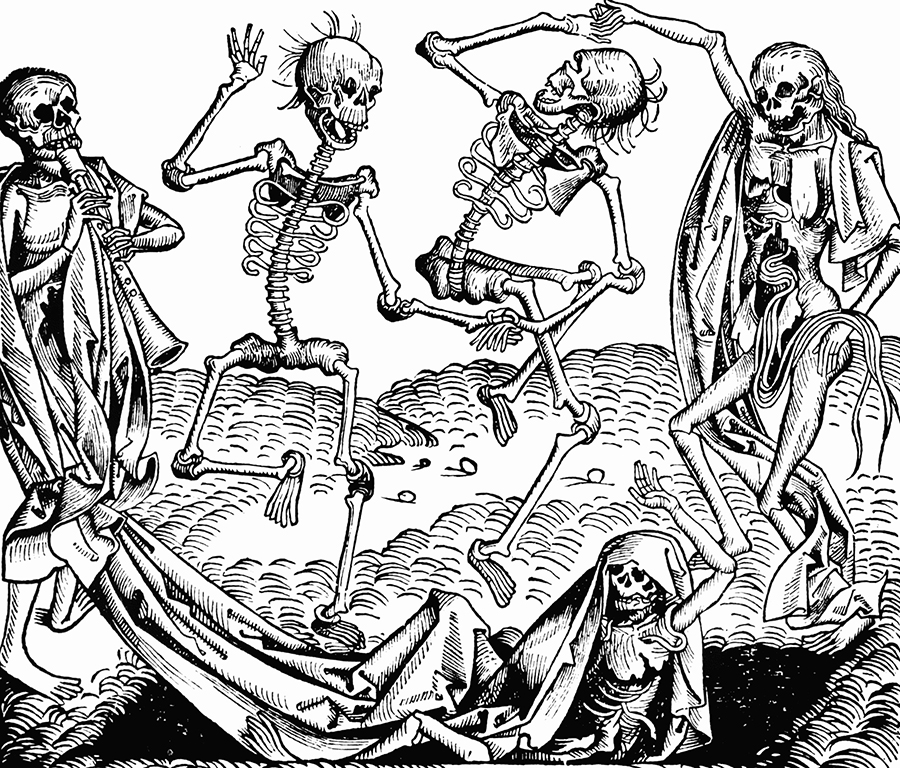
“Dance Macabre” + 4 more songs for your advanced Halloween playlist
Taniec śmierci (z fr. danse macabre, wym. [ d ɑ̃ s m a. k a b ʁ ]) - alegoryczny taniec, którego przedstawianie rozwinęło się w kulturze późnego średniowiecza (XIV i XV wiek), korowód ludzi wszystkich stanów z kościotrupem na czele, wyrażający równość wszystkich ludzi w obliczu śmierci [1] . Późne średniowiecze

Danse Macabre in Tallinn, Bernt Notke, oil on canvas, 14751499 Check
Taniec śmierci - barokowy obraz łączący tematykę rodzajową i religijną dotyczący kruchości i przemijania ludzkiego życia, adresowany do wszystkich stanów społecznych. Namalowany w ostatniej ćwierci XVII stulecia, przez nieznanego artystę.

Danse Macabre, 1496, Paris, National B Danse macabre, Medieval
Danse macabre - średniowieczny motyw śmierci. Koncepcja wszechobecności śmierci to ulubiony temat średniowiecznej literatury. Tytułowy taniec miał oznaczać równość wszystkich wobec śmierci, a wszelkie dobra i wartości ziemskie, pochodzenie i status społeczny stawały się bezużytecznymi rekwizytami.
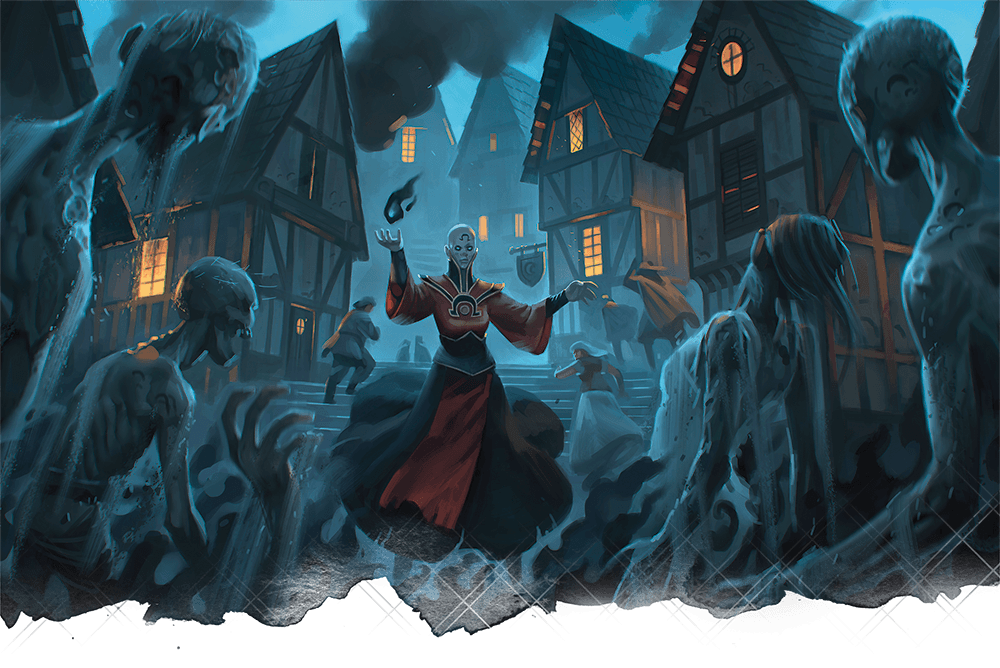
Danse macabre Realms Wiki Fandom
Danse Macabre Opus 40 Arranged for 2 Pianos by the composer. PREFACE This is a re-engraving of the 1891 Durand score (plate no. D. & F. 2099). Editorial corrections Mm. 5, 13: Omitted arpeggio marks from tied notes in Piano 1. Mm. 253-272: Omitted slurs (ties?) between neighbor notes.

danse macabre des femmes Center for West European Studies
In 1872, French composer Camille Saint-Saëns wrote a song called Danse macabre for voice and piano. He turned it into an orchestra piece two years later, and it is one of the most popular pieces to hear during the Halloween season. Danse macabre is a tone poem - that means it's a continuous piece of music (there aren't separate movements, that.

COVID and Contemporary Culture A Global Danse Macabre? WikiLeeks
0:00 / 8:22 Saint-Saëns - Danse Macabre, Dance of Death Op. 40 Malgorzata Kobierska & Kamerton Orchestra Akademia Filmu i Telewizji 645K subscribers Subscribe Subscribed 85K Share 6.5M views 9.
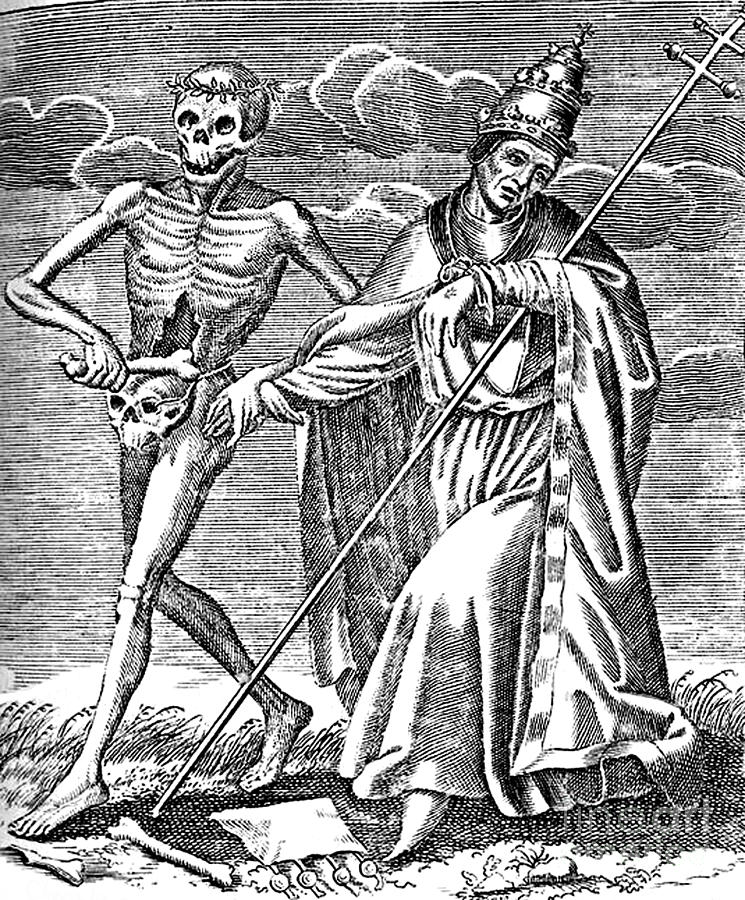
Danse Macabre 1744 Photograph by Photo Researchers Fine Art America
Danse macabre, Op. 40, is a symphonic poem for orchestra, written in 1874 by the French composer Camille Saint-Saëns.It premiered 24 January 1875. It is in the key of G minor.It started out in 1872 as an art song for voice and piano with a French text by the poet Henri Cazalis, based on the play Danza macàbra by Camillo Antona-Traversi. In 1874, the composer expanded and reworked the piece.
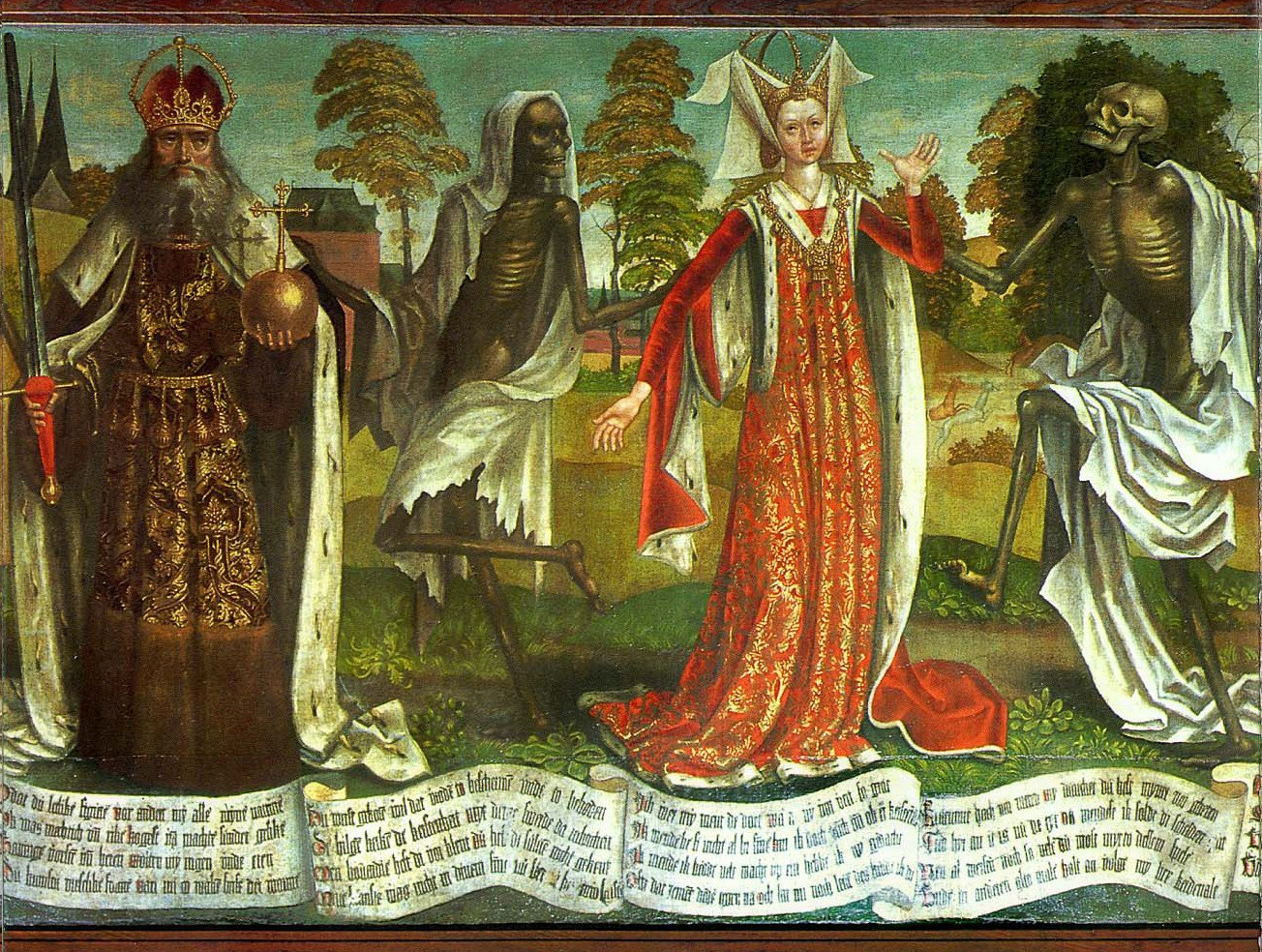
Danse macabre Symboliart
The devil's interval. Danse macabre / Michael Wolgemut, 1493. Saint-Saëns' tone poem relies heavily for its effect on an interval known for centuries as diabolus in musica, the devil's interval. On the white keys of a piano, start on any note and play five notes in succession. In every case but one, the fifth note is three whole tones.